3 minute read
What is programming?
Computers and electronic devices need software (or programs) to tell them what to do. Programming, or coding, is the art of writing these instructions. Though some people are professional programmers, coding can also be a hobby.
Computer programs are everywhere
Advertisement
Programming is not just about conventional computer systems anymore. The world has become increasingly digital, and almost everything runs on software. Programs are now incorporated into devices such as mobile phones and tablets, labour-saving equipment around the home, and even in transportation systems.
BECOMING A CODER
After learning the basics of programming, these tips can be used to develop coding skills further. • Practice: Write and experiment with code • Read code: A lot can be learned by studying other people’s programs • Learn multiple languages: Learning the different ideas and concepts of other languages can help programmers choose the most suitable language for each project • Publish projects: Putting work online and getting feedback on it from other coders helps you to write better code
Data centre
A data centre is similar to an industrial-scale computing facility. Its many servers may be accessed over the Internet to store data or run software “in the cloud”. The “cloud” is a global network of remote servers that can provide services through the Internet.
Car
Software can be used to monitor a car’s systems and performance, including its speed, temperature, and fuel. The global positioning system (GPS) used for navigation also requires programs.
Desktop computer
Computers are widely used in offices and homes for managing administrative and creative activities, such as music, design, writing, banking, and many more.
Washing machine
Many household appliances run embedded programs to perform a function. Inside the casing of a washing machine, software runs to manage its wash cycles, water temperature, and timings.
What is a computer program?
A program is a set of instructions that a computer follows to perform a task. Programs can be extremely complex, and there can be several different layers of programs working together. Microsoft Windows, for example, is made up of millions of lines of instructions.
Applications software, such as word processors, run on top of the operating system
Operating systems, such as Microsoft Windows and macOS manage the hardware and software
Firmware is software that is coded into the hardware, including the Basic Input/ Output System (BIOS)
Hardware includes the physical elements of a computer, such as the monitor
Thinking like a computer
To write a program it is necessary to understand how a computer processes instructions. This means that tasks need to be broken down into smaller chunks so that the computer can understand the instructions. For example, a robot cannot simply be asked to “make some toast”. It is necessary to program precise and detailed instructions for each step.
1. Open breadbin 2. Remove loaf 3. Open bag 4. Remove slice 5. Insert in toaster 6. Remove slice 7. Insert in toaster 8. Push down plunger 9. Wait until toast pops up
Instead of repeating the same instruction twice, it will be shorter and clearer to say “Do this twice: remove slice, insert in toaster” in a program
Games console
Consoles such as the Sony PlayStation, Microsoft Xbox, and Nintendo Switch are computers designed to offer a great gaming experience.
Camera
Modern cameras use software to change settings, capture images digitally, and enable users to review and delete photographs.

Factory equipment
Factories can be highly automated. Assembly line robots, planning and control systems, and quality-control cameras all require programs to operate.










